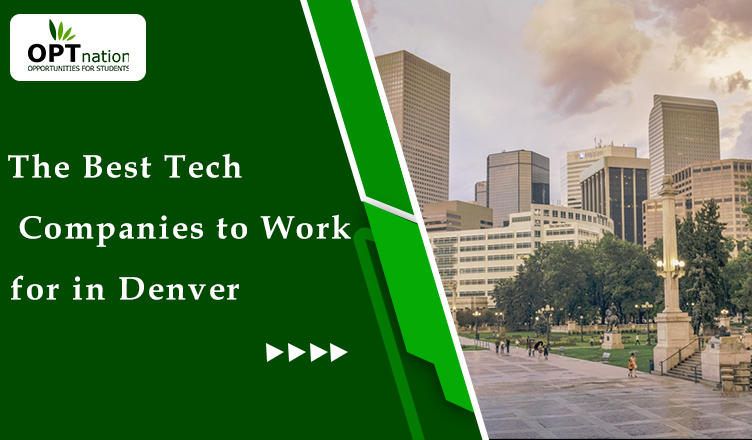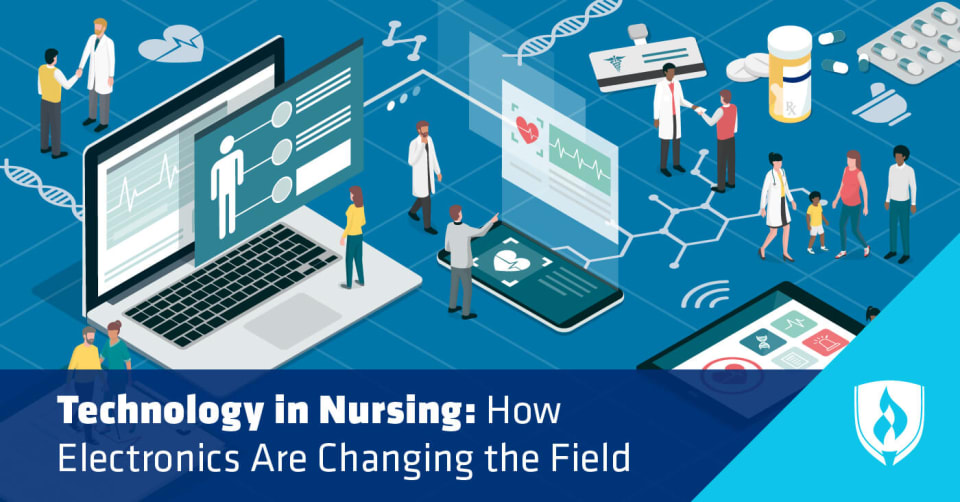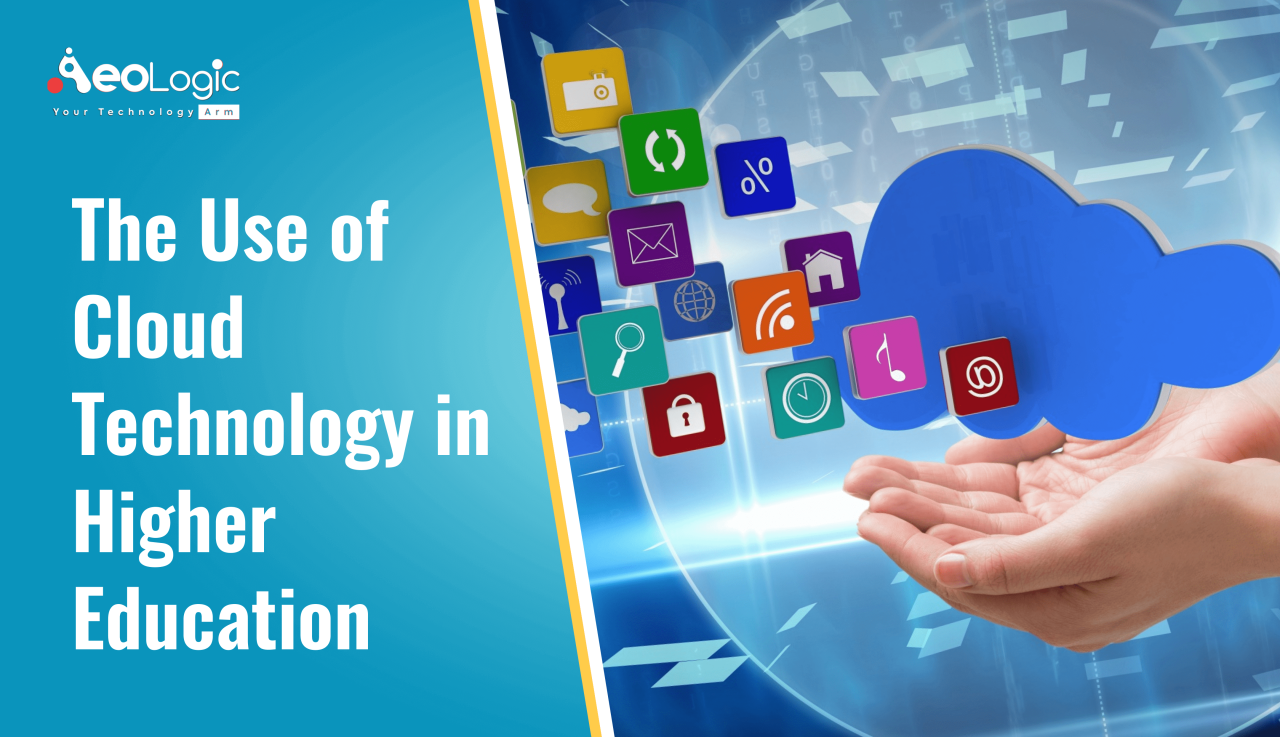Enablement Technology: Empowering Individuals and Organizations
Enablement technology is revolutionizing the way we work and live, empowering individuals and organizations to achieve unprecedented levels of efficiency, productivity, and innovation. From automating mundane tasks to leveraging the […]

Enablement technology is revolutionizing the way we work and live, empowering individuals and organizations to achieve unprecedented levels of efficiency, productivity, and innovation. From automating mundane tasks to leveraging the power of artificial intelligence, enablement technology is transforming industries across the globe, enabling businesses to adapt to rapidly changing market conditions and stay ahead of the competition.
This technology encompasses a wide range of tools and platforms, including automation, AI, cloud computing, and data analytics, each designed to enhance human capabilities and drive positive outcomes. By harnessing the power of these technologies, businesses can streamline processes, optimize operations, and unlock new opportunities for growth and success.
Defining Enablement Technology
Enablement technology refers to tools and platforms designed to empower individuals and organizations to achieve their goals more effectively. These technologies facilitate the process of learning, performing tasks, and collaborating, ultimately driving productivity and efficiency.
Examples of Enablement Technologies
Enablement technologies are pervasive across industries, supporting diverse functions and workflows. Here are some prominent examples:
- Customer Relationship Management (CRM) Systems: CRM systems like Salesforce, HubSpot, and Zoho help businesses manage customer interactions, track sales pipelines, and improve customer service. They empower sales teams to better understand customer needs, personalize communication, and optimize their outreach efforts.
- Learning Management Systems (LMS): Platforms like Moodle, Blackboard, and Coursera provide a centralized hub for delivering training materials, tracking employee progress, and facilitating online learning. LMS empower organizations to upskill their workforce, improve knowledge retention, and foster a culture of continuous learning.
- Project Management Software: Tools like Jira, Asana, and Trello help teams organize tasks, track progress, and collaborate on projects. They enable project managers to streamline workflows, allocate resources efficiently, and ensure projects stay on schedule and within budget.
- Collaboration Platforms: Tools like Microsoft Teams, Slack, and Google Workspace facilitate real-time communication, file sharing, and team collaboration. They empower teams to work together seamlessly, regardless of location, fostering transparency and improving productivity.
- Automation Software: Robotic Process Automation (RPA) tools like UiPath and Blue Prism automate repetitive tasks, freeing up employees to focus on more strategic work. They enable organizations to improve efficiency, reduce errors, and accelerate business processes.
Key Characteristics of Enablement Technology
Enablement technologies share several key characteristics that distinguish them from other types of technology. These include:
- User-Centric Design: Enablement technologies prioritize user experience, ensuring they are intuitive, easy to use, and accessible to all users. This focus on user experience fosters adoption and maximizes the technology’s impact.
- Focus on Empowerment: Enablement technologies are designed to empower individuals and organizations to achieve their goals. They provide the tools and resources needed to overcome challenges, improve performance, and drive success.
- Data-Driven Insights: Many enablement technologies leverage data analytics to provide valuable insights into performance, trends, and areas for improvement. This data-driven approach allows organizations to make informed decisions and optimize their processes.
- Scalability and Flexibility: Enablement technologies are often scalable, allowing organizations to adapt them to meet their evolving needs. They are also flexible, enabling customization and integration with other systems to create a seamless workflow.
- Continuous Improvement: Enablement technologies are constantly evolving, with new features and functionalities being added regularly. This continuous improvement ensures they remain relevant and effective in a rapidly changing technological landscape.
Types of Enablement Technology
Enablement technology encompasses a range of tools and approaches that empower businesses and individuals to achieve their goals more effectively. These technologies are designed to streamline processes, enhance productivity, and drive innovation.
Categorization and Description of Enablement Technologies
Enablement technologies can be categorized based on their functionalities and applications. Here’s a table that Artikels some of the key types, their applications, benefits, and potential challenges:
| Technology Type | Applications | Benefits | Potential Challenges |
|---|---|---|---|
| Automation | Automating repetitive tasks, such as data entry, invoice processing, and customer service interactions. | Increased efficiency, reduced errors, freed-up time for employees to focus on higher-value tasks. | High initial investment costs, potential job displacement, and the need for ongoing maintenance. |
| Artificial Intelligence (AI) | Predictive analytics, fraud detection, personalized recommendations, and chatbot interactions. | Improved decision-making, enhanced customer experiences, and automated tasks. | Data privacy concerns, ethical considerations, and the potential for bias in AI algorithms. |
| Cloud Computing | Storing and accessing data, running applications, and collaborating on projects remotely. | Scalability, flexibility, cost-effectiveness, and improved collaboration. | Security risks, vendor lock-in, and potential reliance on internet connectivity. |
| Data Analytics | Analyzing data to identify trends, patterns, and insights, supporting business decision-making. | Data-driven insights, improved customer understanding, and optimized business processes. | Data quality issues, the need for skilled analysts, and the potential for misinterpreting data. |
Implementing Enablement Technology
Successfully implementing enablement technology requires a strategic approach that considers organizational needs, technology capabilities, and user adoption. This section delves into the key considerations and steps involved in integrating enablement technology into an organization.
Assessing Suitability and Feasibility
Assessing the suitability and feasibility of enablement technologies for specific business needs is crucial for successful implementation. This involves a comprehensive evaluation of the technology’s capabilities, compatibility with existing systems, and potential impact on workflows and processes.
- Identify Business Needs: Clearly define the business goals and challenges that enablement technology aims to address. This could include improving employee productivity, enhancing customer experience, or streamlining operations.
- Evaluate Technology Options: Research and evaluate various enablement technologies based on their features, functionalities, and compatibility with the organization’s existing infrastructure. This includes considering factors like cost, scalability, security, and user-friendliness.
- Conduct Pilot Programs: Before full-scale implementation, conduct pilot programs to test the technology’s effectiveness and identify potential challenges. This allows for early adjustments and ensures a smoother transition.
- Assess ROI: Calculate the potential return on investment (ROI) by analyzing the costs associated with implementation and the expected benefits, such as increased productivity, reduced costs, or improved customer satisfaction.
Integrating Enablement Technology with Existing Workflows
Integrating enablement technology seamlessly with existing workflows and processes is critical for user adoption and long-term success. This requires a systematic approach that considers the following aspects:
- Process Mapping: Map out existing workflows and identify potential points of integration for enablement technology. This helps determine how the technology can streamline processes and improve efficiency.
- Data Integration: Ensure that the enablement technology can integrate with existing data sources and systems. This includes data from CRM, ERP, and other relevant applications.
- User Training: Provide comprehensive training programs to familiarize users with the new technology and its functionalities. This should include hands-on training and ongoing support.
- Change Management: Implement a change management strategy to address user concerns and facilitate a smooth transition to the new technology. This may involve communication, training, and support programs.
Challenges and Opportunities

Embracing enablement technology presents a plethora of opportunities to streamline operations, enhance productivity, and drive innovation. However, navigating the implementation and adoption of these technologies comes with its own set of challenges. This section delves into the potential hurdles associated with enablement technology, explores strategies to overcome them, and sheds light on the emerging trends shaping the future of this dynamic field.
Challenges Associated with Enablement Technology
The successful implementation of enablement technology hinges on overcoming various challenges. These challenges can range from organizational resistance to technical complexities, and addressing them effectively is crucial for realizing the full potential of these technologies.
- Resistance to Change: Organizations may encounter resistance from employees who are accustomed to traditional methods and are hesitant to adopt new technologies. This resistance can stem from concerns about job security, lack of training, or simply a reluctance to embrace change.
- Data Integration and Security: Integrating data from various sources and ensuring its security is a critical challenge. Enablement technologies often rely on vast amounts of data, and ensuring data consistency, accuracy, and security is paramount.
- Technical Expertise and Support: Implementing and maintaining enablement technologies requires a skilled workforce with expertise in areas like data analytics, artificial intelligence, and cloud computing.
- Cost and Investment: The initial investment in enablement technology can be significant, including hardware, software, training, and ongoing maintenance.
- Scalability and Adaptability: Enablement technologies must be scalable to accommodate growing business needs and adaptable to evolving market demands.
Strategies for Overcoming Challenges
Overcoming the challenges associated with enablement technology requires a proactive and strategic approach. Implementing these strategies can pave the way for successful adoption and maximize the benefits of these technologies.
- Change Management and Communication: Effective communication and change management strategies are crucial for mitigating resistance. This involves clearly communicating the benefits of enablement technology, providing comprehensive training, and addressing employee concerns.
- Data Governance and Security: Establishing robust data governance and security protocols is essential. This includes data quality management, access control, and encryption measures to protect sensitive information.
- Building Technical Expertise: Investing in training and development programs for employees to acquire the necessary technical skills is vital. This can include internal training initiatives, partnerships with educational institutions, or hiring external consultants.
- Phased Implementation and Pilot Programs: Starting with pilot programs and gradually scaling up implementation can reduce risks and allow for adjustments based on initial experiences.
- Strategic Partnerships and Collaboration: Collaborating with technology vendors, industry experts, and other organizations can provide valuable insights, support, and best practices.
Emerging Trends and Opportunities
The field of enablement technology is constantly evolving, driven by advancements in artificial intelligence, machine learning, and cloud computing. These emerging trends present exciting opportunities for organizations to leverage enablement technology for competitive advantage.
- Hyperautomation: This trend focuses on automating as many processes as possible, using AI and machine learning to streamline workflows and improve efficiency.
- AI-Powered Personalization: AI is increasingly being used to personalize customer experiences, providing tailored recommendations, and optimizing interactions.
- Edge Computing: Processing data closer to the source, rather than relying solely on centralized cloud infrastructure, offers faster processing times and improved responsiveness.
- Internet of Things (IoT): The increasing adoption of connected devices and sensors creates vast amounts of data that can be leveraged by enablement technologies for real-time insights and automation.
- Blockchain Technology: Blockchain offers enhanced security, transparency, and traceability, making it suitable for applications like supply chain management and data security.
The Future of Enablement Technology
Enablement technology, a force that empowers individuals and organizations to achieve greater efficiency and effectiveness, is poised for a transformative evolution driven by emerging technologies. These innovations will reshape the landscape of work, society, and the very fabric of how we interact with the world around us.
Impact of Emerging Technologies
The convergence of blockchain, quantum computing, and the Internet of Things (IoT) will significantly impact enablement technology, creating unprecedented opportunities and challenges.
- Blockchain: This decentralized ledger technology will enhance trust, transparency, and security in enablement processes. By creating immutable records of transactions and interactions, blockchain can streamline workflows, reduce fraud, and empower individuals to control their data. Imagine a future where skills and credentials are stored on a blockchain, providing verifiable proof of expertise and simplifying talent acquisition.
- Quantum Computing: With its ability to perform complex calculations at speeds far exceeding classical computers, quantum computing will revolutionize data analysis, optimization, and decision-making. Enablement platforms will leverage quantum computing to analyze vast datasets, identify patterns, and generate insights that were previously impossible. This will lead to more personalized and effective learning experiences, predictive maintenance, and tailored solutions for individual needs.
- Internet of Things (IoT): The interconnected network of devices will generate a massive influx of data, providing real-time insights into processes and environments. Enablement technology will integrate with IoT systems to gather and analyze data, enabling predictive maintenance, automated workflows, and personalized experiences. Imagine a future where smart factories, powered by IoT and enablement technology, optimize production lines, reduce downtime, and improve efficiency.
Evolution of Enablement Technology
Enablement technology will evolve to become more personalized, adaptive, and intelligent. It will shift from a static platform to a dynamic ecosystem that learns, adapts, and anticipates user needs.
- Personalized Learning: Enablement platforms will leverage artificial intelligence (AI) and machine learning (ML) to personalize learning experiences based on individual needs, preferences, and learning styles. This will create more engaging and effective learning paths, tailored to individual goals and skill gaps.
- Adaptive Enablement: Enablement technology will adapt to changing needs and environments. AI-powered systems will monitor user behavior, identify trends, and adjust content and resources accordingly. This will ensure that enablement programs remain relevant and effective in a rapidly evolving world.
- Intelligent Automation: Automation will become more sophisticated, handling repetitive tasks and freeing up human resources for higher-value activities. Enablement platforms will incorporate AI-powered assistants that can answer questions, provide guidance, and streamline workflows.
Future Timeline
Here’s a glimpse into the potential development of enablement technology over the next decade:
- 2025: Widespread adoption of blockchain-based platforms for skills and credential verification, enhancing trust and transparency in the workforce.
- 2028: Quantum computing starts to influence enablement technology, enabling more sophisticated data analysis and personalized learning experiences.
- 2030: The rise of AI-powered enablement assistants, providing personalized guidance and support to individuals and teams.
- 2035: Enablement platforms become fully integrated with IoT systems, enabling real-time insights and automated workflows across industries.
Last Point
The future of enablement technology is bright, with emerging technologies like blockchain, quantum computing, and the Internet of Things poised to further transform the landscape. As these technologies mature, we can expect to see even more innovative applications and solutions that empower individuals and organizations to achieve their full potential. Enablement technology is not simply about automating tasks; it’s about empowering people to do more, be more, and achieve more. It’s about creating a future where technology serves as a catalyst for progress, innovation, and human potential.
Enablement technology is all about empowering businesses to function more efficiently and effectively. A great example of this is real time technologies llc , which provides real-time data solutions that allow businesses to make informed decisions in a timely manner.
This kind of real-time insight is crucial for companies to stay ahead of the curve in today’s fast-paced world.










